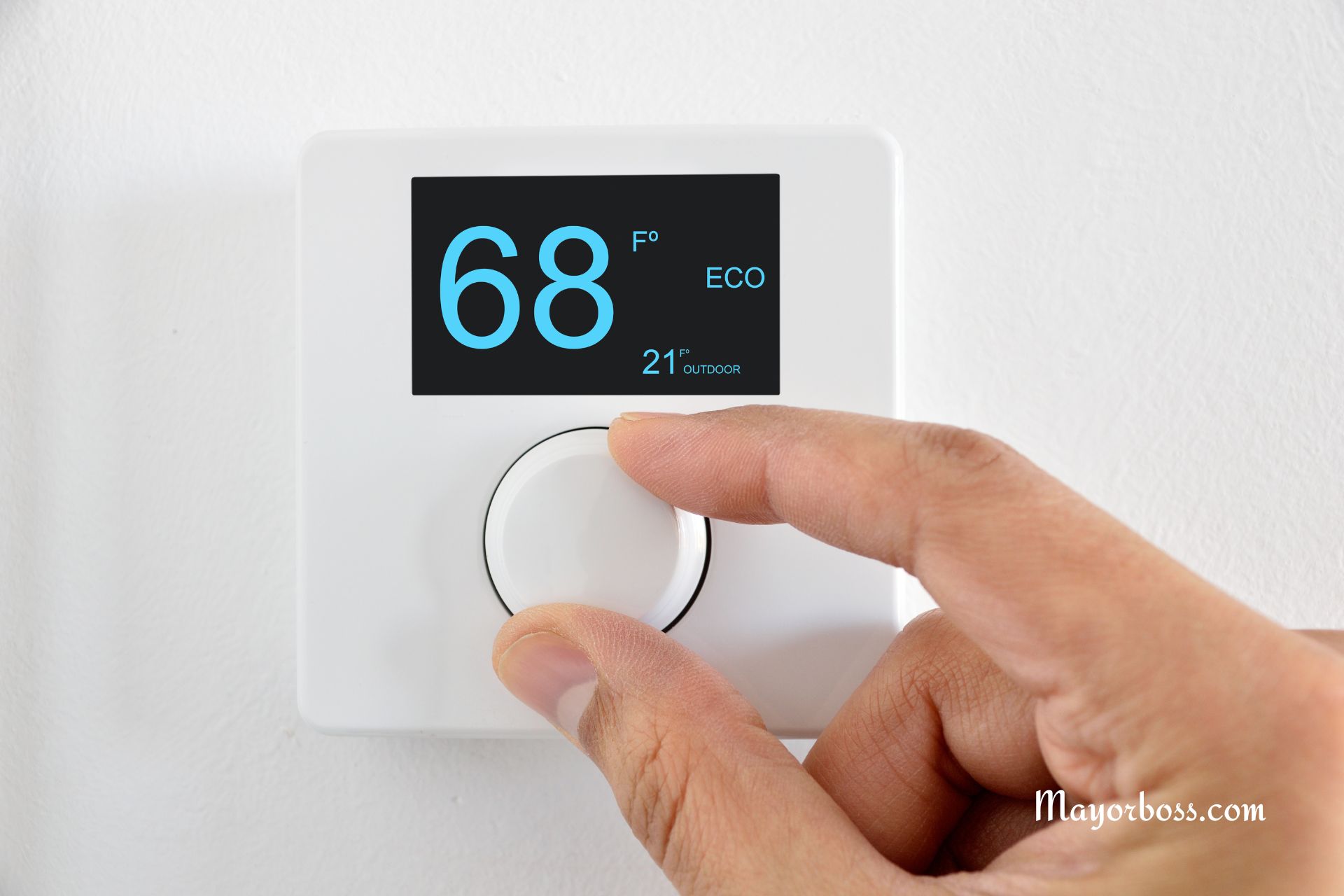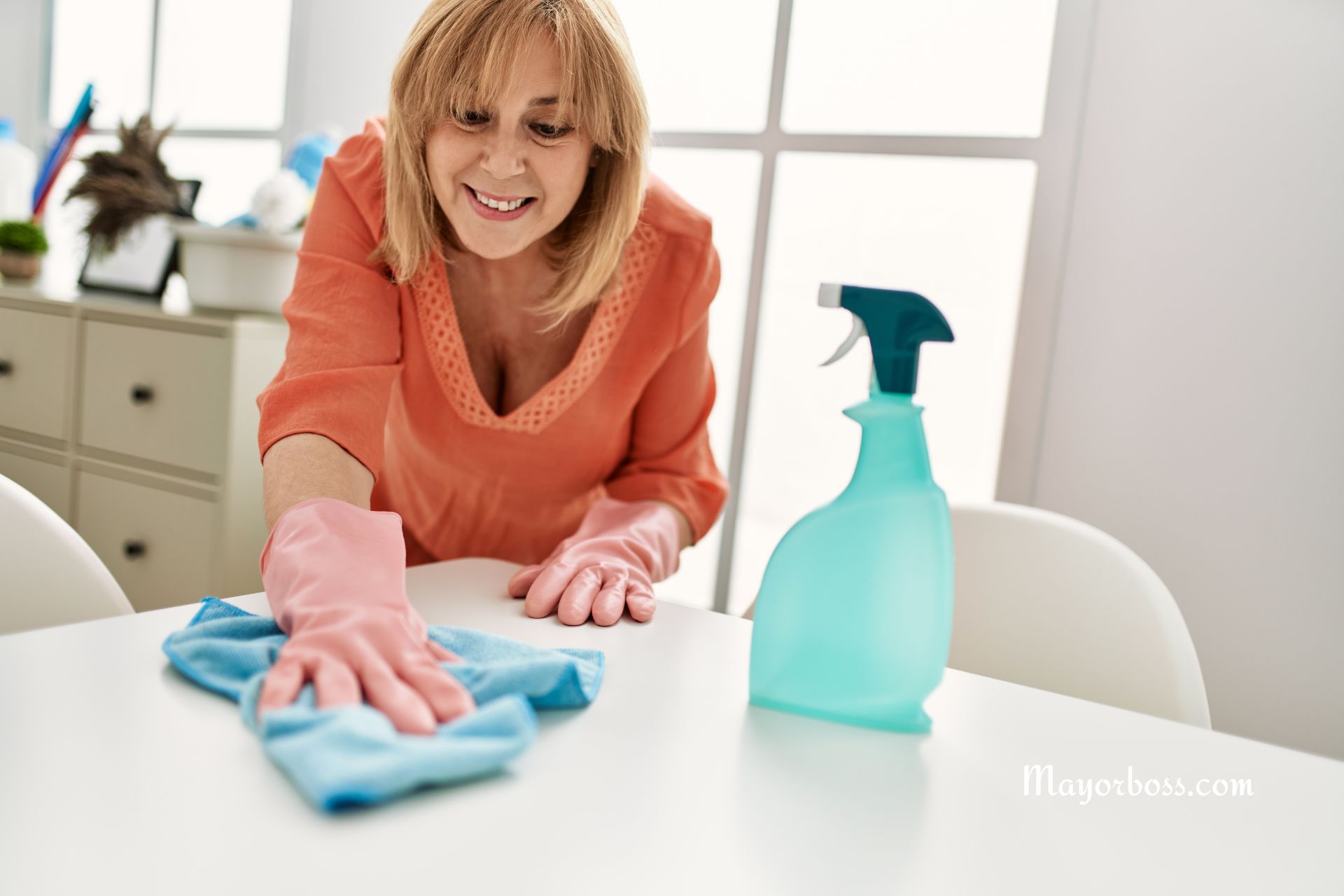4 Signs That It’s Time to Turn on the Heat for Winter
As the outdoor air cools and the days grow shorter, many of us think about making our homes warm and comfortable. Keeping your home at a proper temperature not only helps you feel cozy, but it can also protect your health and improve your well-being.

The human body operates best in a relatively stable environment. When the air is too cold, your body uses extra energy to keep warm, making you feel tired and sometimes even weak. In addition, cold indoor air can make it harder for you to fight off germs and may cause discomfort in your bones and muscles.
Young children, older adults, and people with health conditions like asthma or arthritis are especially vulnerable to colds. For them, a slightly warmer environment can help prevent health problems. Also, by keeping the indoor temperature steady, you can reduce moisture issues such as dampness or condensation, which can lead to mold growth.
Mold can irritate the lungs, trigger allergies, and even harm your airways. Thus, setting the heat at a comfortable and safe level can greatly improve your quality of life during the colder months.
That said, here are four clear signs that it may be time to turn on the heat for the winter season.
You Are Constantly Feeling Cold Indoors
A home should feel inviting and safe. If you find yourself shivering inside, wearing several layers of sweaters, and still feeling chilly, this might be a strong sign that it is time to turn on the heat. While it is wise to dress warmly and use blankets when the weather turns cool, feeling cold all the time is not ideal for your health or mood.
Being too cold indoors can affect your body in subtle ways. It can slow your circulation, making your fingertips and toes feel numb or tingly. In the long term, feeling too cold can make it harder for you to focus on schoolwork, work tasks, or even reading a book. When you cannot concentrate, it is harder to learn and stay productive. If you are feeling this constant chill, do not hesitate—turn on the heat and let your muscles relax in a cozy environment.
Everyone Is Catching More Colds
When the indoor air is cooler than it should be, your body’s defense system may not work at its best. Cold, dry air can dry out your nasal passages. When your nose and throat lack proper moisture, they have a harder time fighting off viruses and bacteria that cause colds and other illnesses. As a result, you or your family members might find yourselves catching more sniffles, sneezes, and runny noses than usual.
If you notice that your family members, especially children or elderly relatives, are experiencing more frequent colds, it may mean that the indoor environment needs to be adjusted. Slightly warmer air and a bit of humidity can keep your nasal passages moist, helping your body’s natural defenses stay strong. Keeping your home’s temperature at a more comfortable level can help prevent illness and keep everyone feeling healthier.
You Notice Dampness, Mold, or Musty Odors
It might seem surprising, but cold indoor air can sometimes lead to damp conditions. How does this happen? When the windows and walls are much cooler than the indoor air, moisture can collect on surfaces like glass or inside corners. Over time, this can lead to damp areas, mold spots, and musty smells. Mold spores can cause allergic reactions, breathing difficulties, and other health issues.
If you notice a musty smell that you cannot explain, or if you see small dark spots on walls, ceilings, or in the corners of rooms, these can be warning signs. Turning on the heat helps maintain a stable indoor temperature, which reduces the likelihood of moisture building up. Heating the home properly also helps maintain cleaner, drier air that makes it harder for mold to grow. This simple step can keep your lungs healthier and your home fresher.
You Have Trouble Sleeping at Night
Have you been tossing and turning at night? Cold air in the bedroom makes it harder to fall asleep and stay asleep. When the indoor temperature is too low, your body may use energy to keep warm rather than allowing you to rest. This can make you feel restless or cause you to awaken throughout the night.
Proper sleep is essential for good health. Without enough restful sleep, you may feel tired, moody, or have difficulty performing daily tasks. A slightly warmer environment—while not too hot—can help you settle in for a good night’s rest. Turning on the heat and maintaining a steady temperature can make a big difference in how well you sleep.
How to Choose the Right Temperature
Now that we have explored the signs, how do you decide the best indoor temperature? In general, many experts suggest keeping your home around 68 to 70 degrees Fahrenheit. If you find this temperature too cool, you can raise it a few degrees until you feel comfortable. The key is to find a balance: warm enough so you are not shivering but not so hot that you feel stuffy or dry.
You can use a simple thermometer or the thermostat’s built-in gauge to track your indoor temperature. You might also consider using a humidifier if the air becomes too dry, as proper humidity helps your airways and skin stay comfortable. Regularly checking the indoor conditions will help you maintain a pleasant atmosphere.
Additional Tips for Winter Comfort
Turning on the heat is not the only way to make your home more comfortable during the colder months. Consider the following tips:
- Dress Smartly Indoors: Wear sweaters, long pants, and socks to help your body stay warm before you adjust the thermostat too high.
- Use Warm Bedding: Thick blankets, quilts, and flannel sheets can add much comfort at night.
- Seal Drafts: Check around windows and doors for small cracks. Sealing these openings will keep cold air outside and help maintain even heating inside.
- Open Curtains During the Day: Letting in sunlight can warm your rooms naturally. Close the curtains at night to trap the heat inside.
- Monitor Humidity: Dry air can irritate your throat and nose. Keep the air slightly humid but not so moist that it causes condensation.
Takeaway
When you notice that you are constantly chilled, everyone in your home is getting cold, mold is growing in damp places, or you cannot sleep well at night, it might be time to turn on the heat. Maintaining a warm and comfortable indoor environment is not just about feeling nice and cozy—it is also an investment in your health and well-being.






